AARP Hearing Center


Endings are tricky, especially when it comes to our favorite television shows. Why? Well, after spending so much time with and investing so much emotion in these beloved characters, they become family. And we expect the sort of closure that not only takes us out on a high note but also ties up all of the show’s loose ends and makes us feel good about all of the time we’ve spent in these people’s company. Yes, that may sound like we’re asking a lot from the final episode of a TV show. Perhaps too much. Which is probably why so many of them end up feeling disappointing (Hello, Seinfeld!). So when a show ends well, it’s an accomplishment. The list of shows that wrap up better than that — the truly great endings — is a short one. Here is our list of the 15 best TV finales of all time, ranked in order of greatness (Warning: Spoilers ahead).


15. Lost (2010)
With a series as full of mysteries as Lost, there was no way the show’s finale would make everyone happy. After six head-scratching seasons, there were just too many stray threads to tie up. As expected, the super-sized, two-and-a-half-hour closer left plenty of questions unanswered (what about those polar bears?!), but the one that it did address head-on (well, at least in its own sideways fashion) was the revelation that the island’s inhabitants all existed in a sort of purgatorial limbo full of tear-jerking reunions and fan-friendly callbacks. How do I know it’s a great finale? The first time I watched it, live, I absolutely hated it. A few years later I watched it again, and I was sobbing.
Watch it again: Lost, on Hulu
14. The Sopranos (2007)
Sometimes Big Idea finales work ... and sometimes they don’t. The controversial last episode of HBO’s sensational mob drama (or, rather, the controversial last scene of the last episode) certainly was a swing for the fences, as creator David Chase brought Tony and his family together in a New Jersey diner for one last family dinner, only to have it end with Journey’s “Don’t Stop Believin’ ” on the jukebox and a mysterious slam to black. As soon as the end credits rolled, fan theories about what they’d just seen started pinballing around the internet: Was Tony whacked by a shady-looking customer at the diner? Or was it just a happy moment showing a fractured family coming together? The Sopranos finale was certainly a memorable conversation starter. But many fans were left confounded and annoyed by Chase’s cryptic lack of clarity. One thing’s for sure, if you watched it, you’ll definitely never forget it.
Watch it again: The Sopranos, on HBO Max

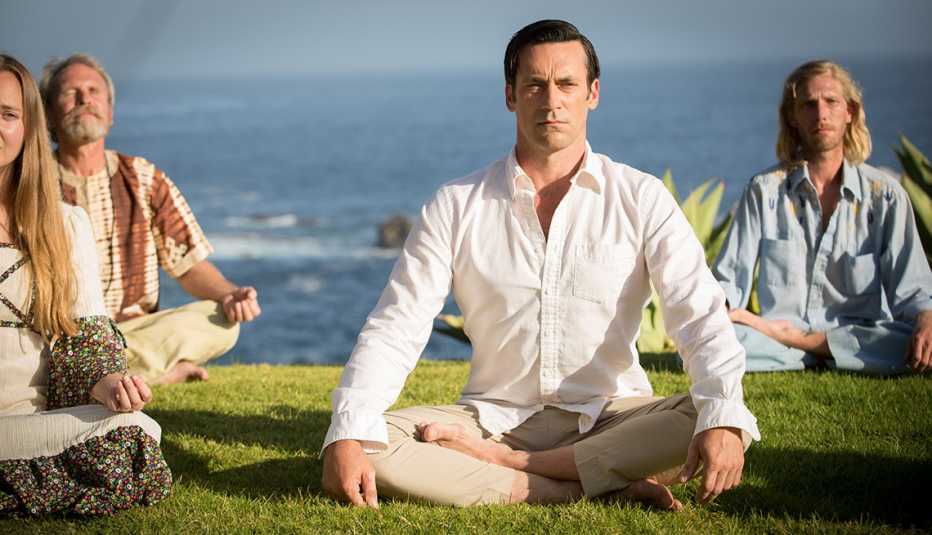
13. Mad Men (2015)
By the time Mad Men wrapped, the show’s America was in a very different place from where it was when the series began. And so was its so-called hero — Jon Hamm’s self-invented adman, Don Draper. During the final season, we saw Don in a harrowing downward spiral. The man who was always in control no longer was. So when we finally glimpsed him at the end on a California cliff, dressed all in white, meditating and dreaming up what would become the most famous commercial of the era (“I’d like to buy the world a Coke”), Don’s spiritual and creative rebirth felt perfectly redemptive and perfectly cynical (of course, he used his enlightenment to sell sugar water!). The Mad Men finale divided fans, but I’d argue there was something about the way this show went out that was completely truthful to the character.
Watch it again: Mad Men, on Amazon Prime

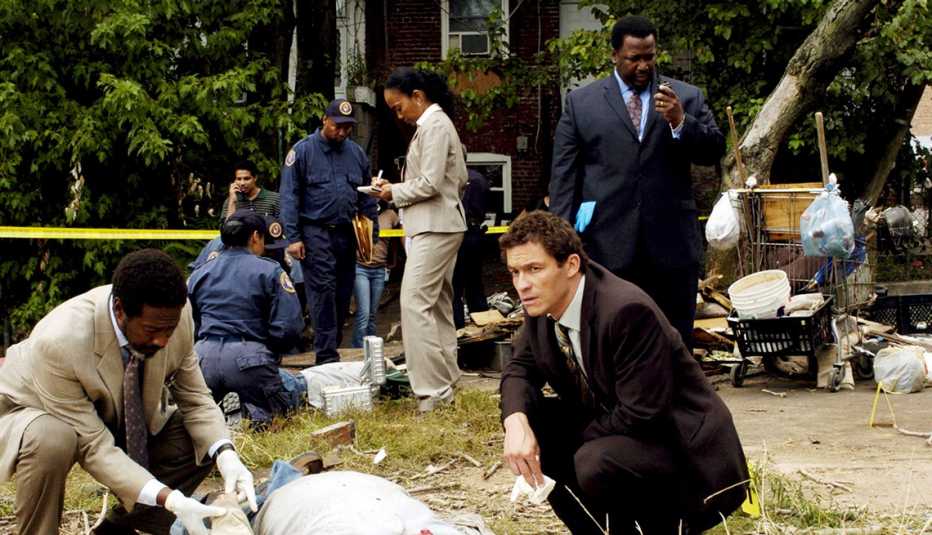
12. The Wire (2008)
The Wire wasn’t always the easiest watch, but David Simon’s inner-city anthology was certainly one of the creative high points of the Golden Age of Prestige TV in the 2000s. Fittingly, for a show that never shied away from the ugliness of real life, The Wire would end on notes of both hope and despair, unafraid to grapple with difficult answers even on its way out the door. Some characters were left in moments of positive transition: Aidan Gillen’s Tommy Carcetti becomes governor, Seth Gilliam’s Ellis Carver is promoted to lieutenant, and Andre Royo’s Bubbles finally gets clean. But like real life, others were headed in a more hopeless direction. For a show that always refused to sugarcoat things, it made sense that its finale was both sweet and sour.
Watch it again: The Wire, on HBO Max

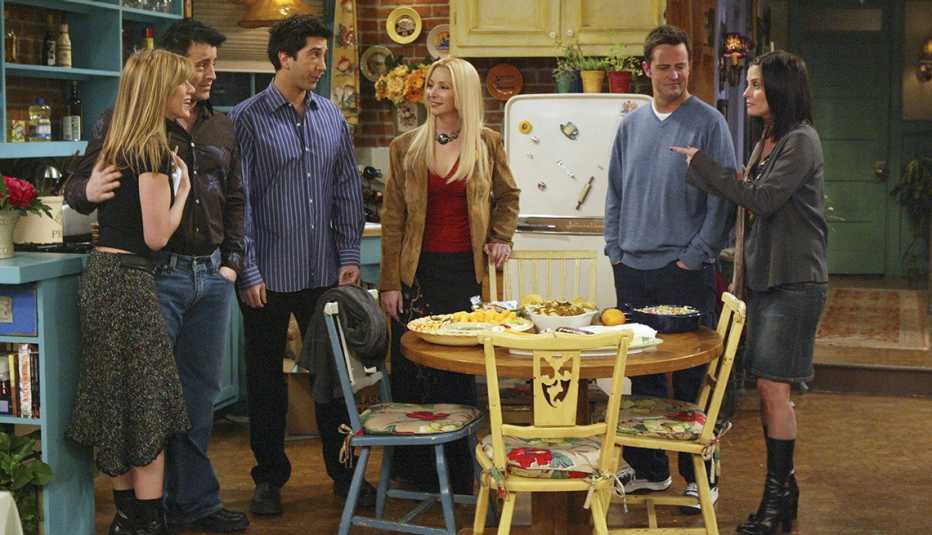
11. Friends (2004)
Think of how many nights we spent vicariously sitting around Central Perk listening to Joey’s tales of botched auditions, Ross and Rachel’s dating dilemmas, and Chandler’s sarcastic quips. After 10 years, these six hilarious best friends had experienced just about everything that twentysomethings trying to find their way in the Big Apple could go through — and, as the theme song said, we were there for them. All the way. So saying farewell couldn’t help but be a little traumatic. But what made the heartwarming Friends finale so note-perfect is that we were leaving them better — and more grown-up — than they were when we first met them. On-and-off couple Ross and Rachel were on for good; Monica and Chandler had left their selfishness behind and were now the parents of twins; Phoebe was happily married; and Joey was still Joey. Which is just how it should have been.
Watch it again: Friends, on HBO Max
Don’t miss this: This Is the All-Time Best Sitcom in TV History — Can You Guess What It Is?































































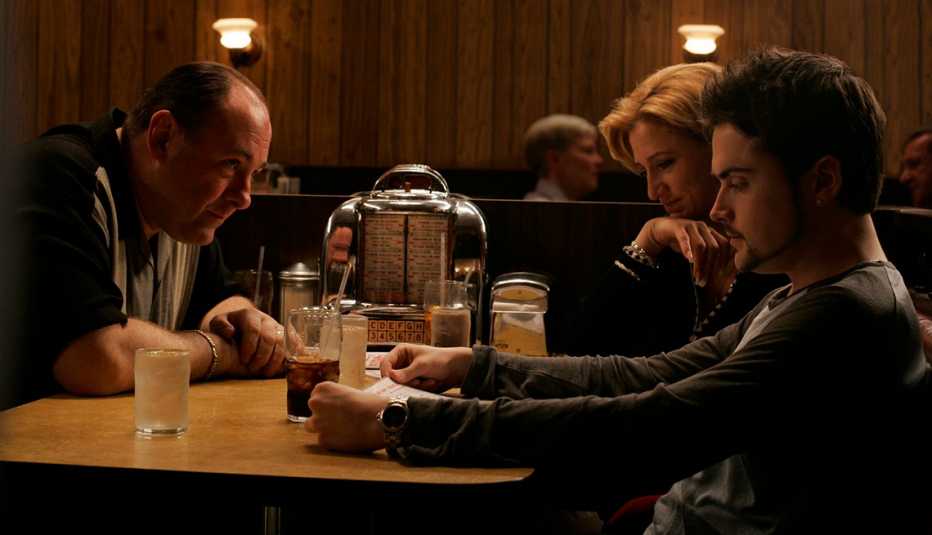


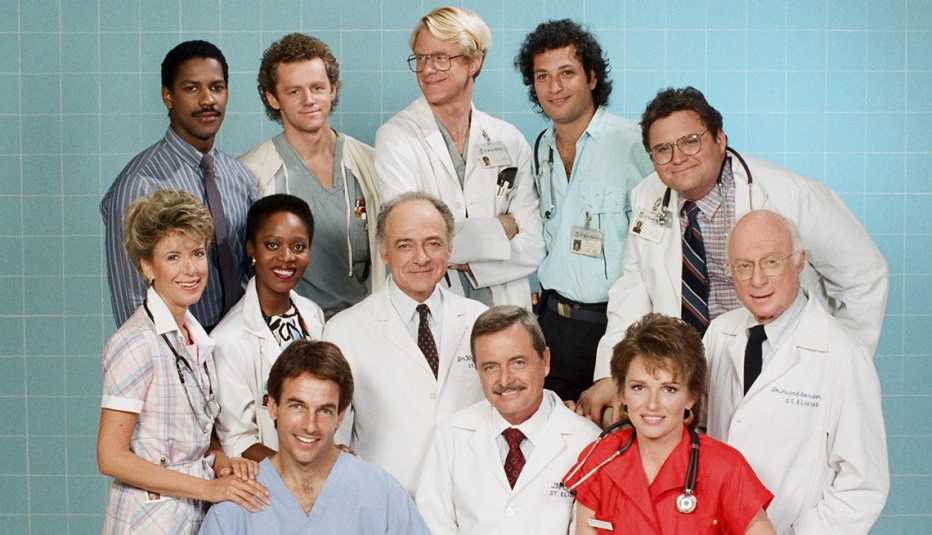



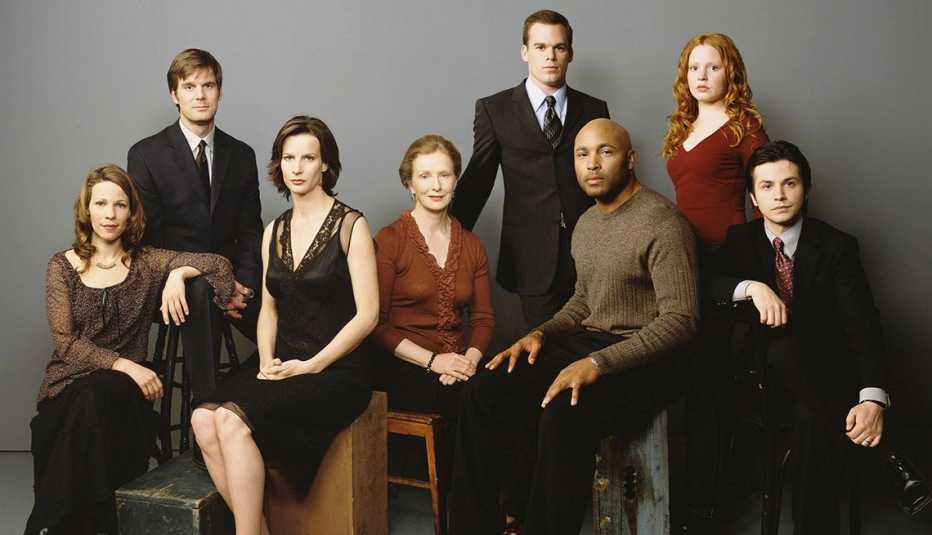
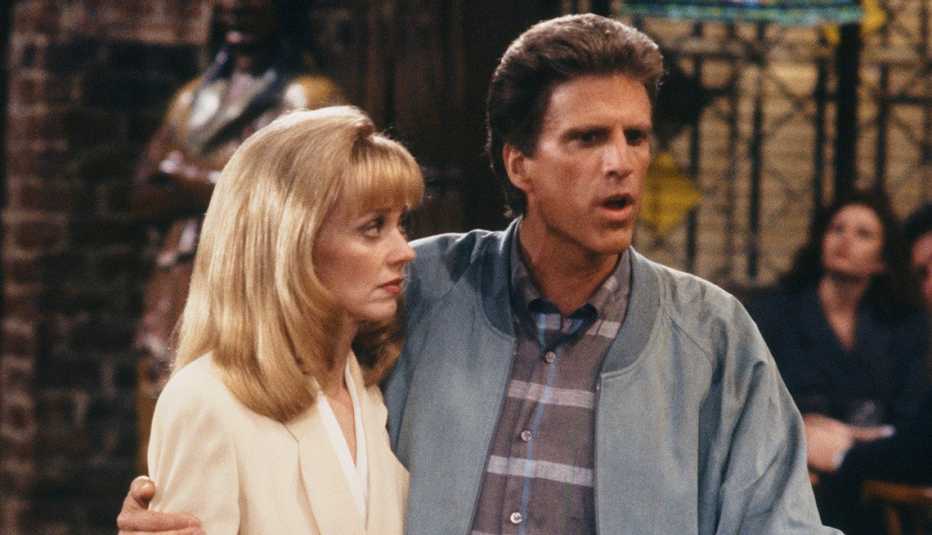
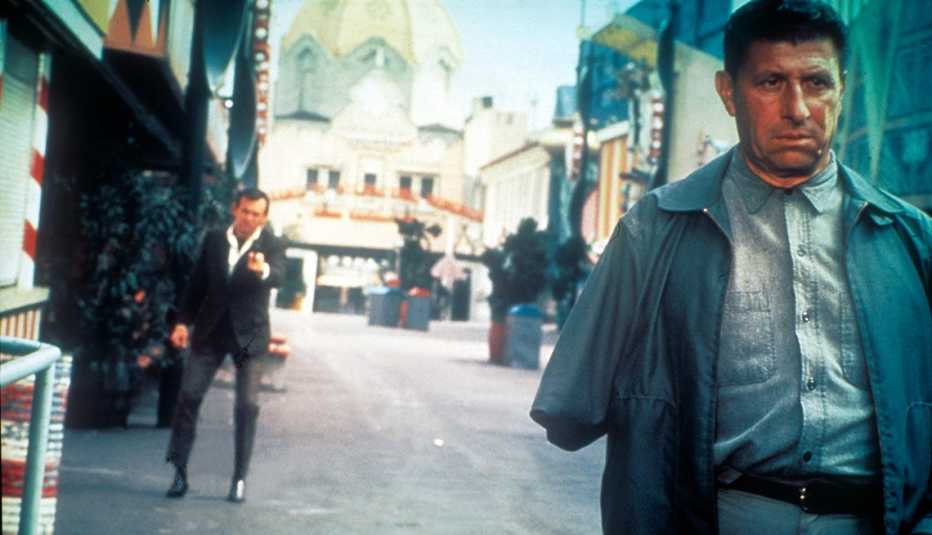
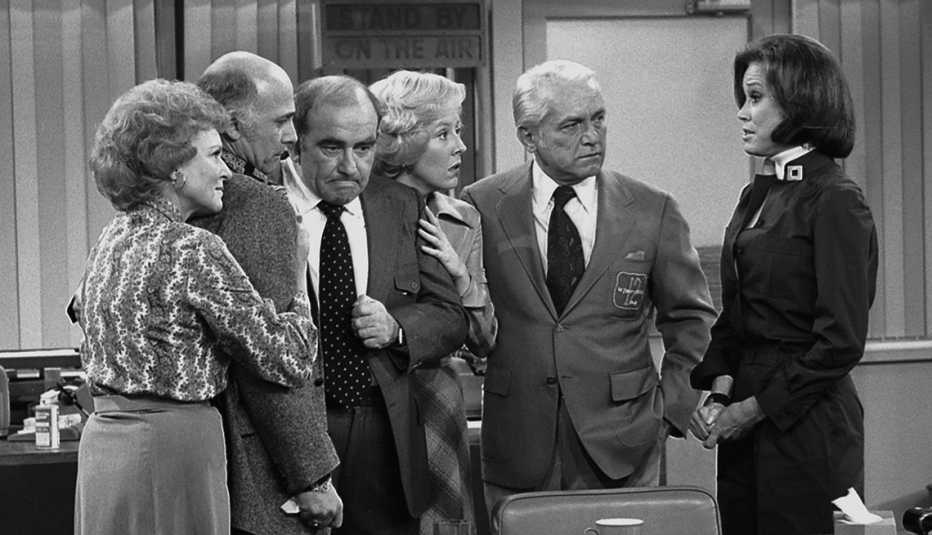


More From AARP
The TV Shows That Changed America
Memorable programs that continue to resonate todayIt's Reboot Mania Right Now in TV Land
From 'Fresh Prince' to 'Frasier,' get excited for 12 popular series preparing to returnThe Best Game Shows in TV History, Ranked
Did your favorite top the list? Answer in the form of a question, please